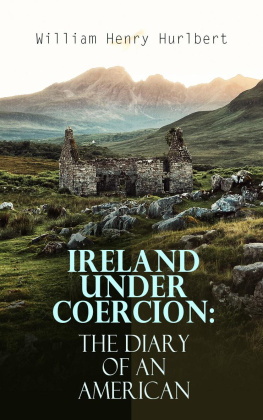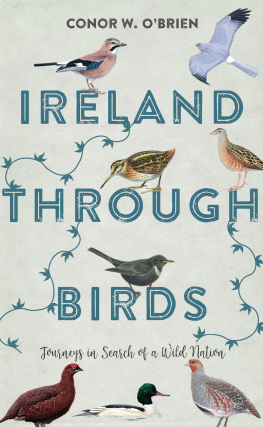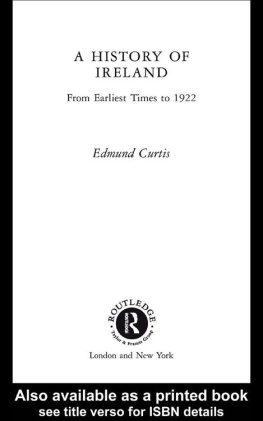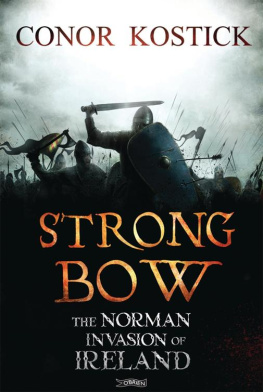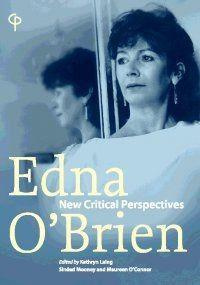THE ROUND TOWERS OF IRELAND
Henry OBrien
Author of The Round Towers of Ireland.
THE ROUND TOWERS
OF IRELAND
OR
THE HISTORY OF THE TUATH-DE-DANAANS
BY
HENRY OBRIEN
A NEW EDITION
WITH INTRODUCTION, SYNOPSIS, INDEX, ETC.
London : W. THACKER & CO., 2 Creed Lane , E.C.
Calcutta : THACKER, SPINK & CO.
1898
[All Rights Reserved]
750 Copies only of this Edition have been printed for Sale and the Type distributed, of which this is No. 324.
INTRODUCTION
When all is dark, who would object to a ray of light, merely because of the faulty or flickering medium by which it is transmitted? And if those round towers have been hitherto a dark puzzle and a mystery, must we scare away OBrien, because he approaches with a rude and unpolished but serviceable lantern?Frasers Magazine for August 1835.
Henry OBrien, the most daring and ingenious explorer of that recondite mystery, the origin and purpose of Irish Round Towers, was born in 1808. On both his fathers and his mothers side he came of good descent, it is possible that he may have distinguished himself previously.
What seems absolutely certain is, that during his stay at the University he must have availed himself to the full of opportunities presented by the library for which Trinity College is famous. Here, no doubt, he laid the foundation of that Oriental learning in which he was second to no Irishman of his day, and probably to few Englishmen. It is hardly too much to say that in the early part of the century Orientalism was comparatively untrodden ground. Sir William Jones had indeed, many years before, thoroughly explored this field of knowledge, but the results of his splendid labours had not as yet been properly assimilated by the general mass of readers, or supplemented to any remarkable extent by other workers in the same field. Hence the scope of European knowledge of the East was by no means so extensive then as now; and an enthusiastic student thereof, which OBrien undoubtedly was, had it in his power to acquire an almost complete mastery of the subject, so far as it was then known. It was one peculiarly fitted to his ardent, dreamy, and speculative nature. He read, he pondered, he divined, he foresaw. Dark places in the history of his own country began to grow clear in the light of this Eastern dawn. Hitherto, like so many of his compatriots, he had found no way of accounting for the extraordinary contrast between the distinctive superiority of the Ireland that was and the relative obscurity of the Ireland that is. To what, he must apparently have asked himself, was the fact to be attributed, that a people who in days of old were admittedly pre-eminent in learning and civilisation, should have afterwards lost all claim to such distinction; or how was it that, in a land covered with the ruins of structures evincing the ripest skill and most fanciful artistic device, architecture should have sunk to a level that was almost barbarous? Why was it that this decadence did not take place gradually, as one would expect, but was plainly the result of a sudden check that stopped the erection of such edifices at once and for ever? Why were the materials, structure, and conformation of the edifices in question so different from those of other ancient buildings found in their immediate neighbourhood? Why had their sculptured ornamentation reference to what was unconnected with, nay even opposed to, the teachings of that religious faith to which its execution was attributed; and why did the peasantry, inheriting the tradition of bygone ages, not recognise them as identified with that religion? Questions like these are very stimulating to inquisitive young souls, which usually become fired with an ambition to solve them; and as OBrien pored over Sir William Jones and The Asiatic Researchesnot to mention his beloved, though decried, Herodotusit was only natural that he should draw certain conclusions from the undoubted affinity that exists between the languages, folk-lore, customs, superstitions, and modes of thought of his own country and those of the Orient. Similar conclusions had forced themselves upon older people who did not possess a tithe of his Eastern lore. Moore, that versatile Anacreontic, in his ill-fitting disguise of an Edinburgh Reviewer, avowed That there exist strong traces of an Oriental origin in the language, character, and movements of the Irish people, no fair inquirer into the subject will be inclined to deny; and it is further instanced by the same reviewer how the famous traveller, Bishop Pococke, on visiting Ireland after his return from the East, was much struck with the amazing conformity he observed between the Irish and the Egyptians. From early childhood the questions to which we have referred seem to have been present to OBrieneven from the time when he gazed upon the stunted ruin of Bally-Carbery Round Tower, not far from his fathers house, and had been told by awestruck peasants that the real name of that desolate and unsightly object was Cathoir Ghall, or The Temple of Delight (p. 48). Since then he had seen other and complete round towers; had noticed that all were of the same peculiar shape, and possibly had detected for himself, or learned from other sources, the existence of that phallic analogy upon which he so strongly insists. He must have read in Sir William Jones and elsewhere how, in Eastern lands, the idea which lay beneath this same analogy formed the basis of a widespread religious faith, and was expressed in structures devoted to public worship. His next step was, almost inevitably, one of conjecture. If, as the voice of national tradition asserted, the round towers are temples, and if certain analogous associations are connected with them, might they not have been temples of a kindred religious belief? Having settled this to his own satisfaction, the speculation would naturally riseHow came that particular form of belief to prevail in Ireland? Was it native to the soil; or if not, by whom was it introduced, and when? His book being mainly an answer to these questions, we need not continue to follow the various stages by which conjecture may have passed into theory, and theory into conviction. With men of OBriens temperament the hypothetical interval is rarely of long duration. Before he had assumed the toga virilis of a full-fledged graduate, he probably felt confident that in an Eastern origin lay the true solution of the mystery of the round towers; and the more he studied the subject, the stronger grew his belief. Being an ambitious man, too, he had no intention to forego the honour which he was persuaded must accrue to the discoverer of this key to a problem that had baffled so many generations of inquirers, and longed for an opportunity to display his acquisition.
That opportunity soon came. In December 1830, the Royal Irish Academy offered the prize of a gold medal and fifty pounds to the author of an approved essay on the Round Towers, in which it is expected that the characteristic architectural peculiarities belonging to all those ancient buildings now existing shall be noticed, and the uncertainty in which their origin and uses are involved be satisfactorily removed. Unfortunately, the advertisement of this offer escaped OBriens notice, and he did not join in the competition which it evoked. But on the 21st February 1832 the advertisement was repeated, and this time it caught his attention. It declared that none of the essays which had been sent in satisfied the conditions of the question, and extended the period of competition for another three months (



